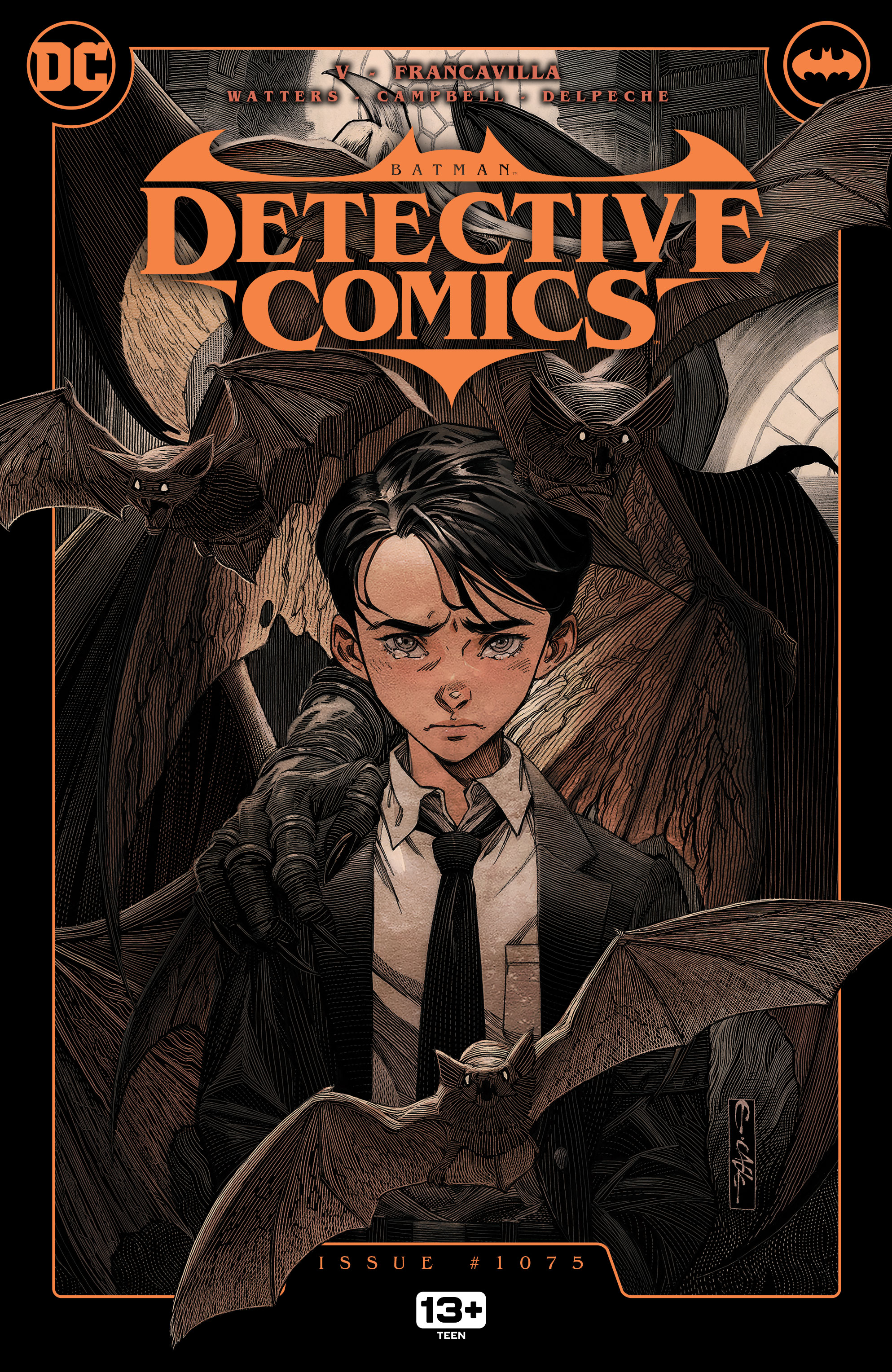
Essential Guide to Rape Awareness Through Comics
Comics have long been a powerful medium for storytelling, and in recent years, they have increasingly taken on the challenging subject of sexual violence. Through the unique blend of art and narrative, comics can convey complex themes surrounding rape culture, survivor experiences, and consent education in a way that is accessible and engaging. This article delves into the world of rape comics, exploring their significance in raising awareness and education around these pressing issues.
The importance of discussing sexual violence comics cannot be understated. They serve not only as a form of artistic expression but also as a valuable educational tool. By tackling difficult topics through the lens of creativity, they promote critical conversations about consent, trauma, and recovery. The objective of this article is to provide a comprehensive overview of various types of comics related to sexual violence and how they contribute to social justice movements.
In the following sections, we will explore the different genres of comics addressing these themes, the narratives that empower survivors, and the potential for healing through storytelling. We will also touch upon the importance of feminist perspectives in graphic novels and the role of comics in advocating for change. Key takeaways will include insights into how art can foster empathy and understanding in discussions about rape awareness and consent education.
By the end of this exploration, readers will appreciate how comics—often dismissed as mere entertainment—can profoundly affect social discourse, providing valuable lessons on respect, consent, and recovery.
Understanding the Power of Narrative in Rape Culture
Building on the fundamentals of comics as a narrative medium, it is crucial to understand how they reflect and challenge societal perceptions of sexual violence. The graphic novels about assault often utilize illustrated narratives to convey the emotional weight of trauma and the complexities surrounding consent. These narratives not only depict the experiences of survivors but also critique the cultural norms that perpetuate rape culture.
Through visual storytelling, comics capture the nuances of consent education and its importance in preventing sexual violence. Different artistic styles can evoke various emotional responses in readers, encouraging them to reflect on their understandings of consent and responsibility. This form of engagement provides a powerful method for education and awareness.
For example, comics like "The Complete Hosuko" and "Loud in the Library" use humor and satire to discuss difficult themes, shedding light on issues often shrouded in stigma. By tackling taboo comics head-on, these narratives foster community dialogue and promote survivor empowerment.
The Role of Comics in Healing and Recovery
With these basics established, let's explore the therapeutic potential of comics, particularly for survivors of sexual violence. Utilizing art as a means of therapy, many creators engage with mental health and trauma comics to express personal narratives and facilitate healing for both the author and the reader. The act of creating or engaging with these works can be cathartic and promotes emotional resilience.
Moreover, comics have become a popular medium within art therapy, allowing individuals to process their experiences through visual narratives. This engagement can help survivors articulate feelings they may find challenging to express verbally. Furthermore, the empowerment through storytelling in comics fosters a sense of community among survivors, validating their experiences and promoting solidarity.
It is essential to highlight that while some comics address serious themes, they can also incorporate humor—known as dark humor in comics. This juxtaposition can not only provide relief but also challenge societal perceptions of sensitive topics, once again re-engaging the discourse about sexual violence in a socially acceptable manner.
Advocacy and Activism through Comics
This naturally leads us to the role of comics in social activism. With movements aimed at anti-rape campaigns and sexual violence awareness gaining traction, many graphic artists are stepping up to use their platforms for advocacy. Comics become a tool for education, offering incisive critique on societal issues and spotlighting survivor narratives.
Many creators utilize platforms like webcomics or indie publications to share their survivor stories in comics. These narratives push back against the stigma surrounding sexual violence, showing readers the reality of trauma while also offering hope through recovery. Some of these comics have garnered significant attention and recognition within the broader dynamics of social justice art.
Furthermore, these comics are a means to speak to younger audiences, instilling the importance of understanding consent and healthy relationships from an early age. The impact of introducing these topics through the accessibility of comics can steer conversations within households and classrooms toward necessary themes in sexual health education.
Graphic Depictions of Trauma in Illustrated Narratives
Connected to this principle is the artistic approach to depicting trauma. Graphic depictions of trauma in comics can provoke strong emotions, effectively prompting discussions about the complexities of sexual violence and its aftermath. The strategies employed in these narratives often encourage readers to grapple with the discomfort of these themes, fostering a deeper understanding of the impact of violence.
Moreover, comics can present narratives that embody the struggle between victimization and empowerment. By depicting survivors’ journeys toward healing, these illustrated narratives empower readers to confront their feelings about trauma and recovery, further promoting the societal dialogue on sexual violence and consent.
For instance, "Lost in the World" is a poignant exploration of recovery—it shows visual metaphors that illustrate the psychological ramifications of assault. This emphasis on storytelling reveals the intricacies of identity and trauma, emphasizing the resilience of survivors while providing commentary on societal systems that perpetuate violence.
Educational Resources in Comics
Taking this concept further, we must explore the role of educational comics on consent as valuable resources for individuals, educators, and advocates. Many creators have begun to produce comics specifically designed to interact with the educational framework surrounding sexual violence. These comics teach about consent through relatable narratives, enabling easier discussion amongst peers and adults alike.
In addition, comics are frequently employed in workshops and community programs focusing on sexual education. These workshops introduce participants to the narrative art on consent, allowing them to engage critically with the material while promoting active dialogues about consent and wellness within their communities.
One notable example is "Consent: The Graphic Novel," which provides direct information on the principles of consent framed within personal stories and dialogues. Such resources can be invaluable for organizations aiming to address sexual assault through educational initiatives.
Confronting Stigma through Underground Comics
Comics that venture into the underground scene play a significant role in confronting stigma surrounding sexual violence and spotlight complex social issues. By exploring alternative comics on abuse, these works disrupt mainstream narratives and challenge established norms. This genre often utilizes raw, personal storytelling that resonates deeply with readers, exposing raw emotion and societal failings surrounding incidents of sexual violence.
Creators from the underground comic community often approach these themes with brutal honesty, pushing boundaries and evoking discussions that many more conventional narratives shy away from. This openness has the potential to educate audiences about the realities of sexual violence and the long-term effects of trauma, as well as connecting marginalized voices in the conversation.
Comics such as "Grieving the Unspeakable" embody this approach—an intensely personal narrative that not only highlights the effects of trauma on the individual but also critiques societal apathy toward survivors' stories. Such works position themselves as pivotal in changing perspectives around sexual violence and nurturing societal empathy.
The Emotional Toll of Narratives on Sexual Violence
Following this approach, it is important to consider the emotional impact of engaging with these narratives. Readers often experience an array of responses when confronted with difficult topics like sexual violence embedded in comic storytelling. The emotional journeys in graphic fiction play a crucial role in shaping readers' perception of these serious themes, and how they construct meaning from them.
The visual language employed can elicit empathy while simultaneously pushing the boundaries of discomfort. This emotional engagement is not only key for understanding the gravity of the narratives but is also significant in promoting healing for survivors and raising awareness among broader audiences.
Research indicates that engaging with trauma narratives through art can facilitate cognitive processing of emotional responses, aiding in personal and community healing. Therefore, the investment in creating sensitive and poignant narratives in comics emerges as a necessity for fostering understanding in society.
Q&A Section: Comics, Rape Awareness, and Healing
Why are comics an effective medium for discussing sexual violence?
Comics blend visual art with narrative storytelling, making complex themes more accessible. They can evoke strong emotional responses and facilitate discussions around sensitive topics like sexual violence, consent, and recovery.
What role do survivor narratives play in comics?
Survivor narratives are crucial as they provide a voice to those affected by sexual violence, allow for representation of diverse experiences, and promote community dialogue, which is vital for healing and understanding.
How can educators use comics related to sexual awareness in their teaching?
Educators can incorporate comics in workshops or curricula that discuss topics like consent or sexual health. This engages students in a relatable manner, fostering discussions around consent and respect in safe spaces.
Can humor be used effectively when discussing serious themes in comics?
Yes, humor can provide comic relief while tackling serious issues. By incorporating dark humor, creators can challenge norms and stimulate discussions without diminishing the gravity of the topics being addressed.
What are the main takeaways regarding comics and social justice?
Comics are powerful tools for advocacy and education. They foster empathy, provide unique perspectives on trauma, and can challenge societal norms surrounding sexual violence, thus raising awareness and promoting change.
 example.com/image2.png
example.com/image2.png
 example.com/image3.png
```
example.com/image3.png
```